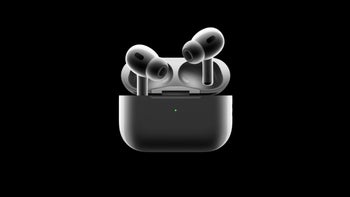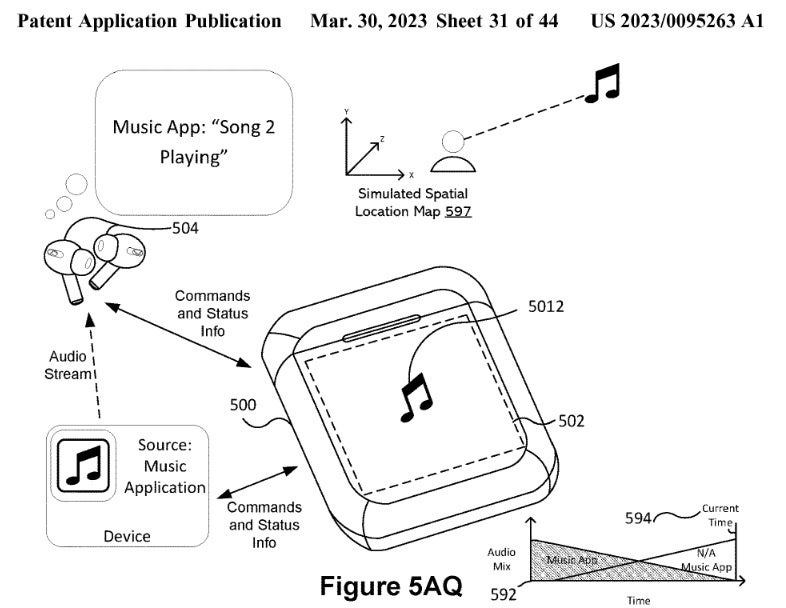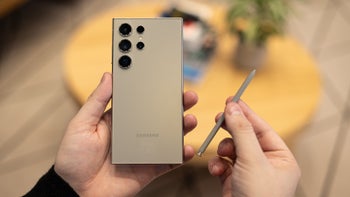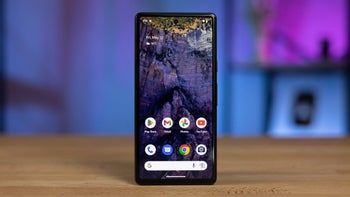Apple considers adding a touchscreen to the AirPods charging case

Apple could bring some useful functionality to the AirPods charging case. It would do this by adding an external touchscreen to the case according to a patent application filed by Apple with the U.S. Patent and Trademark Office (via PatentlyApple). The patent is titled "Devices, Methods, and Graphical User Interface Interactions with a Headphones Case" and was filed last September.
Not only would AirPods users get the ability to control their true wireless stereo earbuds through the touchscreen, but the touchscreen could also allow AirPods owners to control Apple Music using a graphical user interface on the charging case touchscreen. Tapping and swiping the screen could help the user control volume, play certain songs, activate Siri, and more. Squeezing the case could help users switch between Noise Cancellation and Transparency Mode. The Apple Pencil can also be used to interact with the touchscreen.

Illustration from the patent application showing the Apple Music app on the AirPods charging case touchscreen
Tactile outputs help improve the user experience and could alert the user to an impending event that will take place unless an input is made on time. Illustrations in the patent application show how the case will be able to interact with iOS apps like Apple Music, Apple TV+ Messages, Maps, Weather and more. The user would hear, for example, turn-by-turn direction from Maps through their AirPods. Messages would be read to the user through his/her AirPods as would weather forecasts, streaming video content, phone calls and more.
In the patent application Apple writes, "There is a need for a headphone case device that can control operations that are traditionally associated with headphones (e.g., playback controls, changing audio sources, changing audio output modes, etc.). There is a further need for a headphone case that can also convey information to a user, through haptics and/or display devices. Such methods and interfaces optionally complement conventional methods for controlling wireless headphones. Such methods and interfaces reduce the number, extent, and/or nature of the inputs from a user and produce a more efficient human-machine interface."
Of course filing for a patent, and even being granted one, does not guarantee that Apple plans on using the technology, processes and ideas that the company seeks to protect.










Things that are NOT allowed: